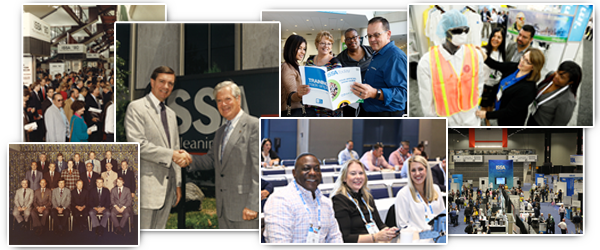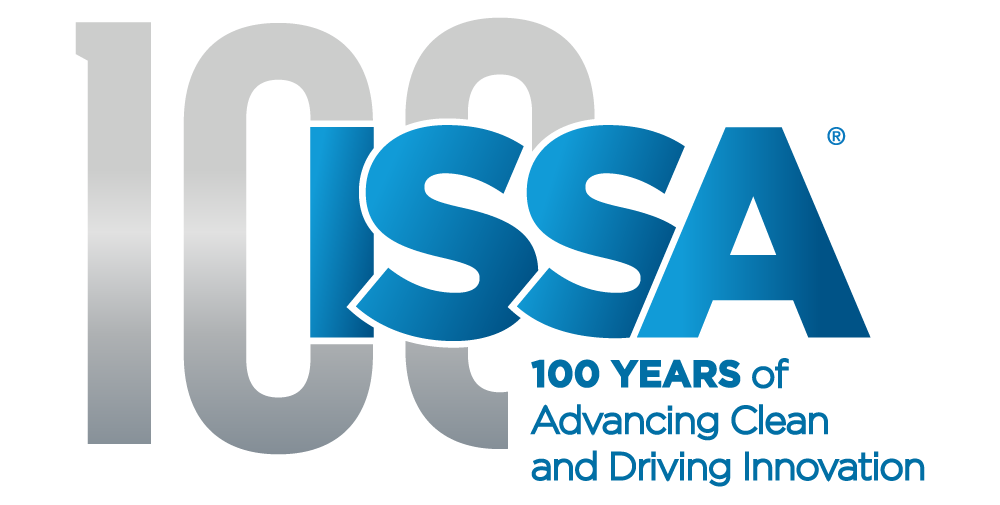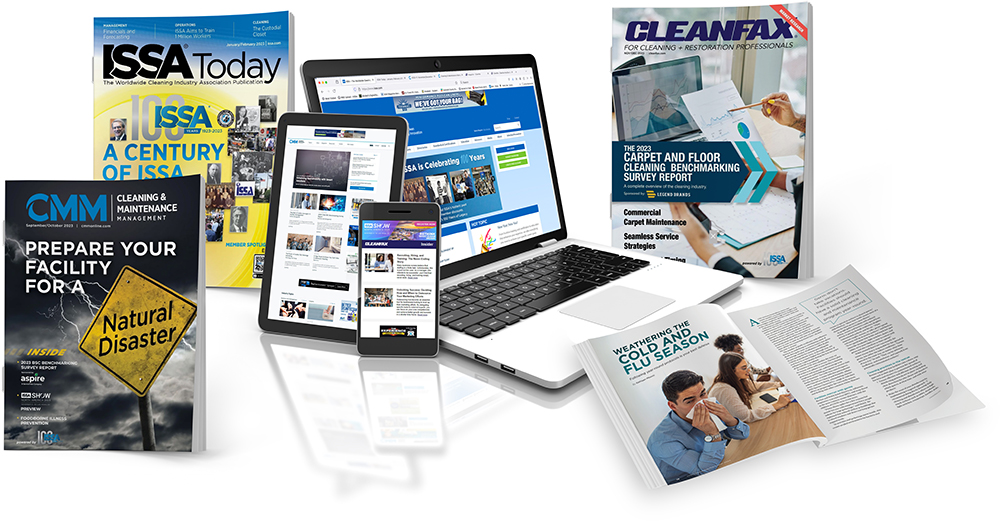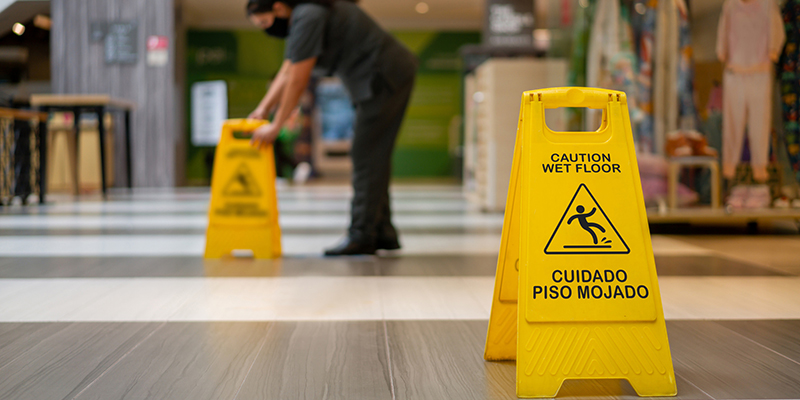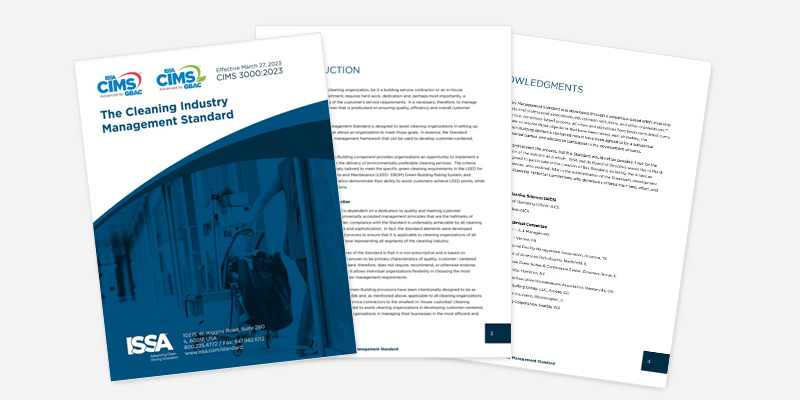Hand Hygiene Best Practices

A quick and informal five-minute observation of a men’s restroom at O’Hare recently, it was noted that approximately four out of 10 people completely skipped the handwashing ritual, some furtively avoiding eye contact as they exited the restroom.
Some would simply wet their fingers at the faucet and walk out; perhaps trying to give a pretense that they actually washed their hands.
It was a very small percentage that actually stopped long enough to perform a proper handwashing, using soap and water, spending enough time at the sink, before exiting the restroom.
There are some real issues when it comes to hand hygiene best practices. But some companies are working diligently to help overcome the challenges.
Important but ignored
The Essentials Initiative Survey 2018 by Essity points out that in an office, hand hygiene habits are poorer than people may believe. In the survey, 15% of respondents said they do not wash their hands after visiting the toilet; 31% do not wash their hands before eating food; 50% do not wash their hands after blowing their nose, coughing, or sneezing.
“Hygiene is and will remain a crucial element of our business,” said Anna Königson Koopmans, the commercial segment director with Essity. “We have devoted a pillar to ‘well-being’, which focuses specifically on hygiene, health, and well-being needs outside of the home environment.”
As Koopmans said, and as part of the Essity culture, hygiene is important to all, whether you are a consumer or work in a company. “Proper hygiene enables people to gather and conduct different activities in a safe environment and plays a key role in an establishment’s reputation.”
Bob Berry, the senior towel category director with GP PRO, knows how important the restroom experience is to everyone. “It’s well known that public restrooms elicit user complaints,” he said. “We believe this presents an opportunity for a building or business to make a noticeable change. Yes, restrooms are a necessity, but users don’t want a subpar experience that is not reflective of the rest of the building. What they really want is a home-like experience that includes a clean and clean-smelling environment, privacy, quality products, and an ensured supply.”
Without all of this, visitors to restrooms may opt for skipping the handwashing routine altogether—which they are obviously already doing, as various surveys indicate.
No substitutions, please
Some facilities, it has been noticed, employ the use of hand sanitizers as a semi-replacement for proper hand washing. “As an industry, we need to reinforce that the use of these products, while an important adjunct, is not a substitute for hand washing at facilities,” said William J. Smith, the vice president of sales and marketing with National Chem Labs, Inc. “Only through using quality hand washing products and proven procedures can we successfully prevent transmittable diseases caused by poor hand washing practices.”
Others might opt for cheaper products that clean, but not clean as well as higher grade handwashing supplies. “Despite a growing trend at facilities to reduce hand cleaning costs by purchasing the lowest cost product, the use of high-quality hand cleaners is of paramount importance to employees and guests at a facility,” Smith said. “Sanitary supply distributors should offer to their facilities high-performance products that will improve the comfort of employees and guests.”
Dan Renner, the director of marketing at Kutol Products Company, agrees, with another recommendation: “We recommend using sanitary sealed dispensing systems, versus open, bulk pour systems, to eliminate the risk of product contamination that leads to the spread of germs.”
Renner added that sealed refill cartridges keep germs and bacteria out and are replaced each time the dispenser is refilled. “Open systems allow germs to enter the soap container, soap dispenser reservoir, or both,” he said. “These germs get passed on to the user, who then spreads them throughout the facility.”
Hand hygiene is one aspect of facility maintenance that directly affects the health of building occupants and guests, and experts note that shortcuts that impact proper handwashing is detrimental to everyone.
“It’s important to recognize the impact a restroom can have on your bottom line and to make the necessary investments to ensure the impact is positive,” stated Berry. “There are products available today that help improve hand hygiene, advance sustainability, improve cleaning staff productivity, and enhance the user experience. Investing in them can lead to long-term cost reductions and increased revenue.”
Get your soap on
There are many opinions on which dispensers are best for public restroom applications.
“What all facilities need are dispensers for soap, paper towels, and skin care products that are whisper quiet, responsive, and reliable,” Berry said, “and fixtures that are responsive and reliable as well.”
No matter which dispenser you decide to include in your facility, they have to work, 100% of the time.
“Automatic dispensers promote good hand hygiene and can prevent over consumption,” Koopmans said. “Dispensers must be always stocked and have adequate battery power to prevent it from coming out of service and reducing its impact on hand hygiene. However, it is important to note that automatic dispensers are not the best solution for all environments. For high-traffic venues, a manual solution may be the best choice.”
Renner also sees the need for offering both automatic and manual dispensing options. “There will always be a demand for automatic dispensing systems,” he said, “especially in class A office buildings and hospitals. Here you will find automatic soap and paper dispensers, as well as automated faucets, toilets, and hand dryers.”
However, costs and the environment must be considered, Renner added. “Many facilities can’t afford expensive automatic soap dispensers. Manual dispensers are more economical and easier to use and install. They also don’t fail or have to be repaired or replaced as often as automatic dispensers.”
In addition, Renner said that manual dispensers are more durable and ideal for industrial environments and other tough places where dispensers can be abused, such as schools and prisons. “You also have locations that are not suited for electronic equipment, such as outdoors, in shower rooms, or other wet or high humidity environments,” Renner added.
But no matter which system you decide to go with for your facility or company, the main point is this: Make sure the systems work and they are always stocked with quality hand soap, so those who visit the restroom have no excuse to skip what everyone is expected to do… washing hands thoroughly after each trip to the restroom.





